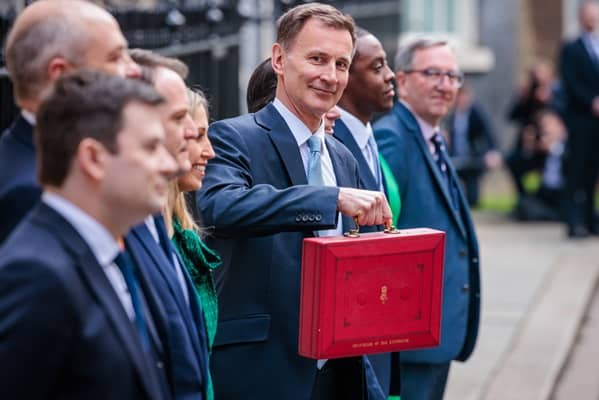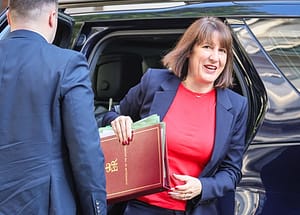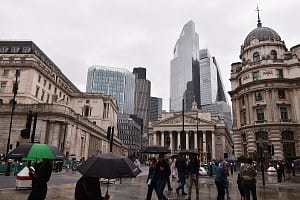Speculation around the chancellors’ spring budget has run rampant since the calendar year changed.
Business leaders and owners across the country will have been waiting eagerly to hear what was said.
For many, business rates were top of the agenda. Several leading trade bodies even co-wrote a letter to the Chancellor, urging him to use the predicted inflation rate of 2% to set the standard multiplier, rather than the September 2023 rate.
Chancellor’s budget disappoints those hoping for leniency in business rates
Although it was announced in November, that the standard multiplier will increase was re-confirmed on the 6th of March. From the 1st of April, commercial properties with rateable values (RV) of over £51,000 will see an increase in their business rates at a rate of 6.7%. This is in line with the September 2023 inflation rate. Over triple what the CPI inflation rate for the second quarter of 2024 is predicted to be (2%).
Tax cuts were a predictable certainty. Which taxes however, seemed to be up for debate. A further cut to the National Insurance (NI) tax seemed like an odd choice. Especially as the 2023 autumn budget’s NI tax cut came into effect from January. As we head towards the inevitability of a General Election, it became quite clear that decisions made in this spring budget were about building the government’s voter base. Such decisions and policies continue to be focused on the individual, and not businesses. Experts predicted that a further tax cut of 1% would cost £4.5 billion. The actual NI tax cut of 2% will cost around £10 billion to fund.
While the cut in NI tax is good for individuals and businesses (as it could ease the burden of tax a company pays on NI per employee each month), it is also these businesses who will be stung by the 6.7% increase. Effectively wiping the board with any potential benefit from the NI cut.
RVA Surveyors estimate that using the 6.7% inflation rate will add over £1.5 billion to business rates tax bills from April
Anchor stores face higher outgoing costs than many independent retailers. And with the cost-living-crisis, these costs have become astronomical. While inflation does seem to be slowing down, this has had little effect on their outgoing costs.
“This is the second increase in just 12 months – and at nearly 7% as well. While an increase in the multiplier could have been expected or reasoned by a lot of people, it doesn’t mitigate the fact that already at the beginning of this rating list, the multipliers were not lowered as per usual. And now somehow businesses are expected to accept another increase to an already historically high tax.” Anthony Hughes, Managing Director at RVA Surveyors said.
Local authorities and councils do distribute reliefs and help to eligible businesses. Yet larger businesses can often be exempt from this or are more heavily restricted. For example, the Retail Hospitality and Leisure relief (RHL) has cap of £110,000 across the entirety of estates. For many larger businesses, this relief is not enough to offset upcoming increases.
“This increase is yet another burden for commercial property owners and tenants as they navigate ever-changing and unstable markets for the majority of industries.” Hughes added, “Business owners and leaders have every right to be angry. Especially larger businesses, who are only eligible for minimal support.”
Small and medium companies do have a wealth of support available to them. However, this does not mean that it is enough to combat the challenging landscape facing businesses and individuals who are monitoring every penny.
For a lot of businesses, the upcoming business rates hike will be their second increase in just twelve months; leaving many to ponder if this will be their last straw.





Leave a Comment